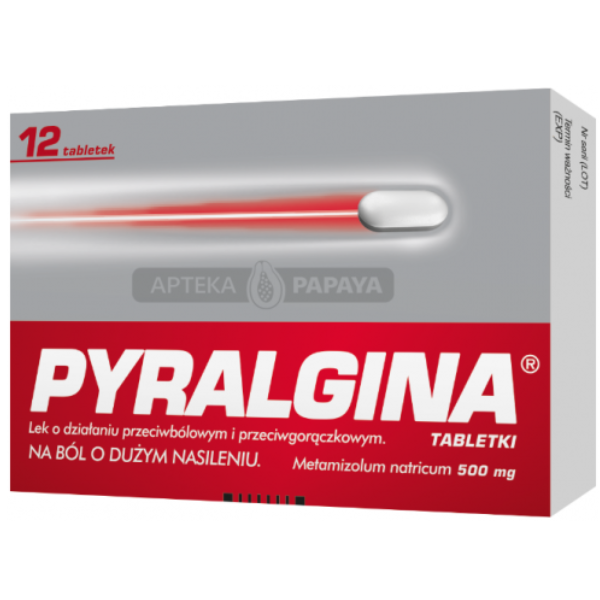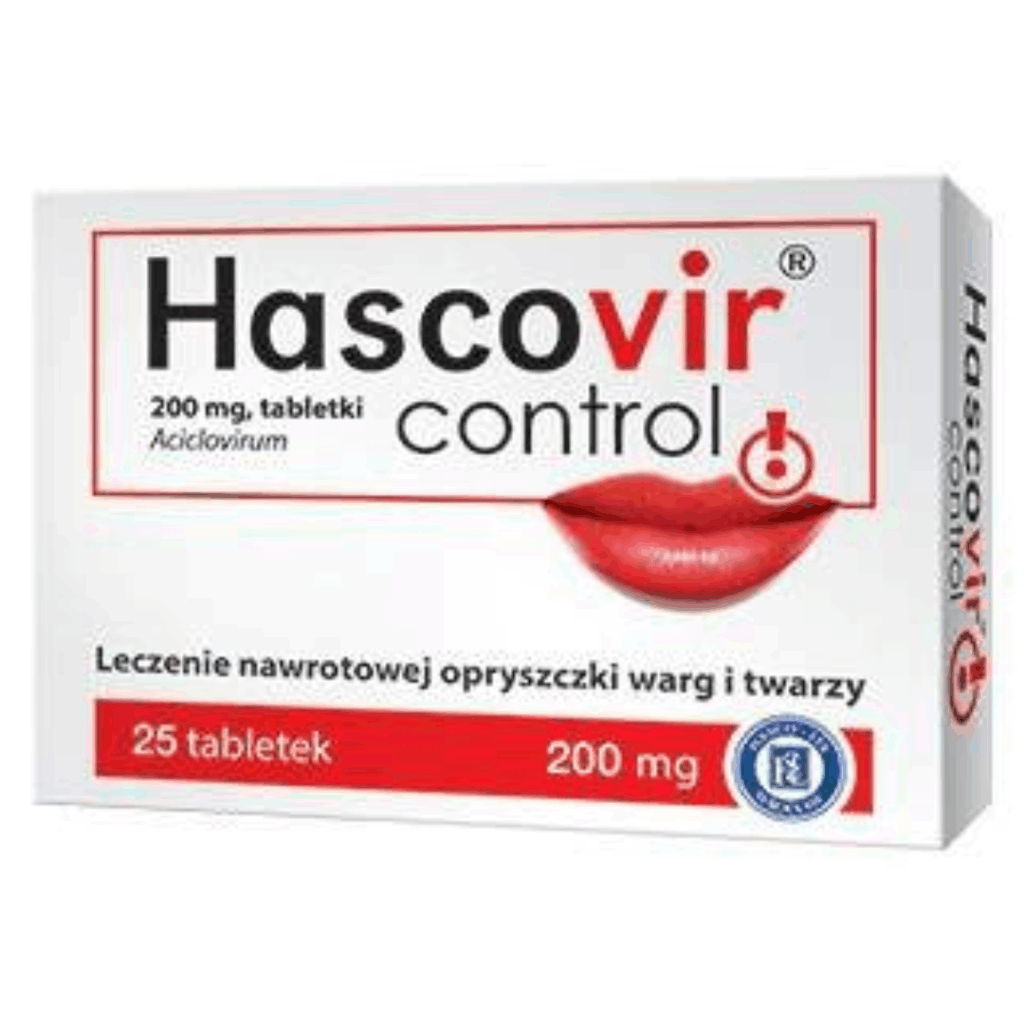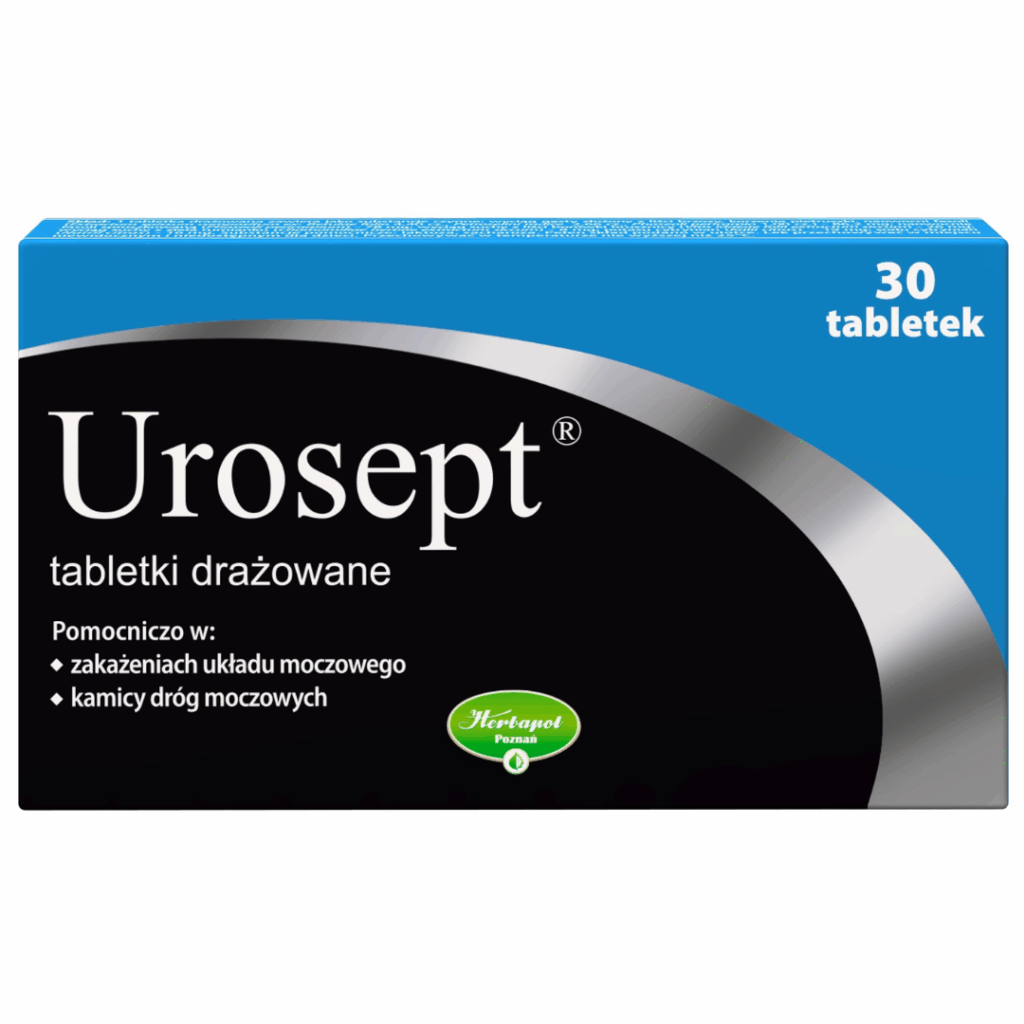Pyralgina 500 mg Tablets contain Metamizole Sodium, a potent analgesic and antipyretic used for the relief of severe pain and high fever when other medications are not effective.
This medicine is ideal for treating intense headaches, toothaches, muscle and joint pain, or pain after surgery. It also reduces high fever that doesn’t respond to standard antipyretics. Pyralgina starts working quickly and is commonly chosen for strong or sudden pain episodes.
Recommended for short-term use and always under the supervision of a healthcare provider. Not suitable for children under 12 years of age.




